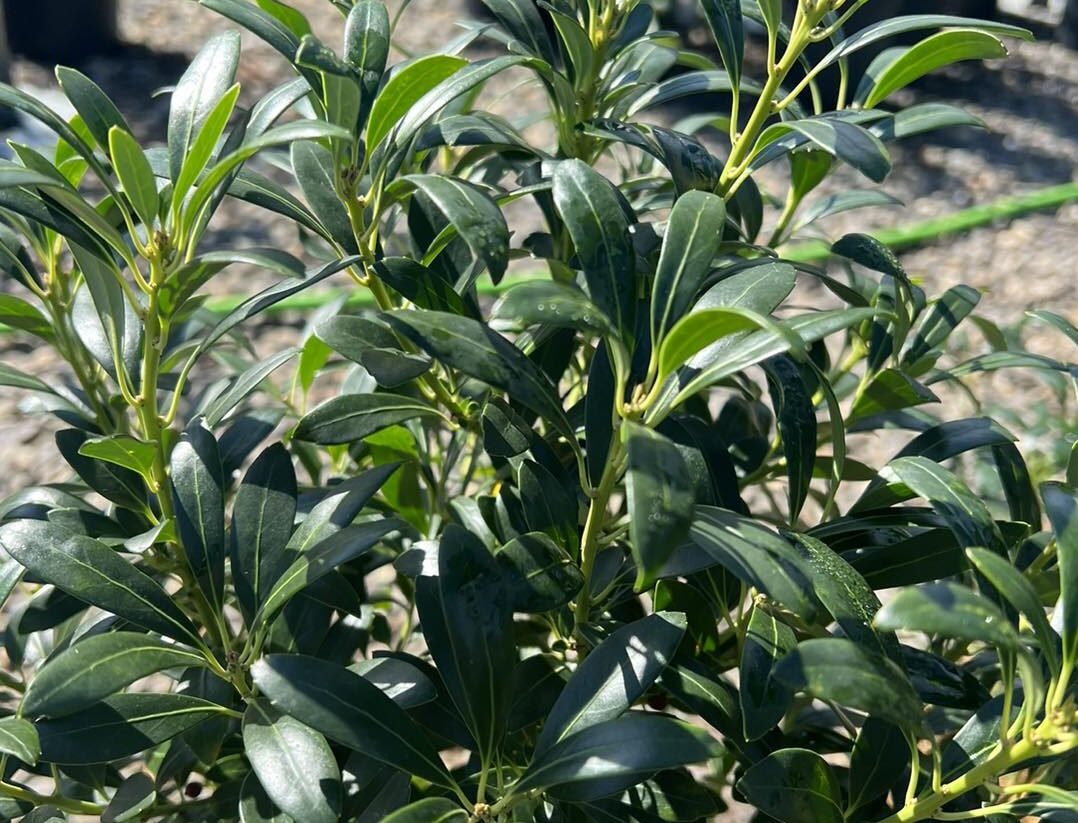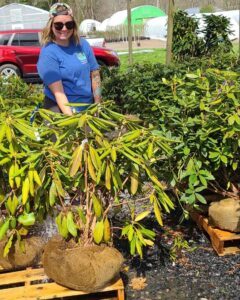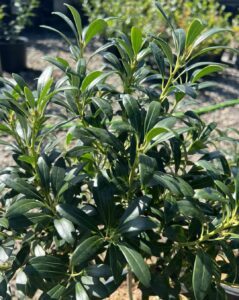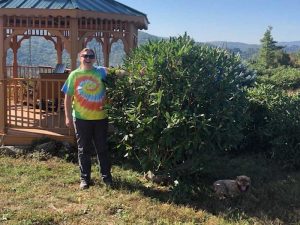Rhododendrons: A Guide to their Care & Importance

Native Rhododendrons: A Guide to Their Care and Importance
Native rhododendrons, with their spectacular blooms and lush foliage, are more than just a pretty addition to your garden; they’re a slice of local heritage and biodiversity. These woodland beauties, perfectly adapted to their environments, offer a low-maintenance and sustainable option for gardeners looking to add both aesthetics and eco-friendly practices to their outdoor spaces. Let’s delve into the world of native rhododendrons, uncovering the secrets to their care and the myriad reasons they deserve a prime spot in your garden.
 Caring for Native Rhododendrons: Tips and Tricks
Caring for Native Rhododendrons: Tips and Tricks
Native rhododendrons are known for their resilience and ease of care, but a few tips can help ensure they thrive:
- Location, Location, Location: Choose a spot that mimics their natural habitat – dappled shade is ideal. Too much direct sunlight can lead to scorched leaves, while too little can reduce flowering.
- Soil Matters: These plants love well-draining, acidic soil rich in organic matter. A pH between 4.5 and 6.0 is perfect. Consider a soil test and amend as needed with organic matter or sulfur to lower the pH.
- Water Wisely: While established plants are quite drought-tolerant, young plants need consistent moisture. Water them deeply, especially during dry spells, to encourage deep root growth.
- Mulch for Moisture: A generous layer of mulch helps retain soil moisture, keeps roots cool, and adds organic matter as it decomposes. Pine needles or wood chips are excellent choices.
- Fertilize with Care: Use a fertilizer formulated for acid-loving plants in the early spring. Over-fertilizing can harm these plants, so less is more.
- Pruning Practices: Prune right after blooming if necessary to maintain shape and remove dead or diseased wood. Rhododendrons generally require minimal pruning.
The Importance of Native Rhododendrons in Your Garden 
Adding native rhododendrons to your garden isn’t just an aesthetic choice; it’s a step towards ecological gardening:
- Support Local Wildlife: These plants provide nectar for pollinators and shelter for various creatures, contributing to a thriving garden ecosystem.
- Disease and Pest Resilience: Being native, they’re better adapted to local pests and diseases, reducing the need for chemical interventions.
- Environmental Adaptation: Native rhododendrons are accustomed to local weather patterns and soil conditions, making them more resilient and less resource-intensive.
- Year-Round Interest: With evergreen foliage, they offer visual interest even in the bare winter months, making your garden a year-round retreat.
- Biodiversity Boost: Including native plants like rhododendrons helps preserve the local plant heritage and encourages a balanced ecosystem.
 Integrating Native Rhododendrons into Your Garden
Integrating Native Rhododendrons into Your Garden
Whether as a stunning backdrop for annuals and perennials, a foundation plant under deciduous trees, or a standalone specimen in a shaded garden nook, native rhododendrons offer versatility and beauty. They can also be used to create natural borders or privacy screens, their dense foliage providing an excellent backdrop to other garden plants.
In conclusion, native rhododendrons are much more than their striking blooms; they are a testament to the beauty and resilience of native flora. By choosing these natives for your garden, you’re not just planting a bush; you’re investing in the health and vibrancy of your local ecosystem. So, consider making space for native rhododendrons in your garden. They promise to repay your efforts with a spectacular display of flowers and a haven for local wildlife, contributing to a more sustainable and beautiful world.
